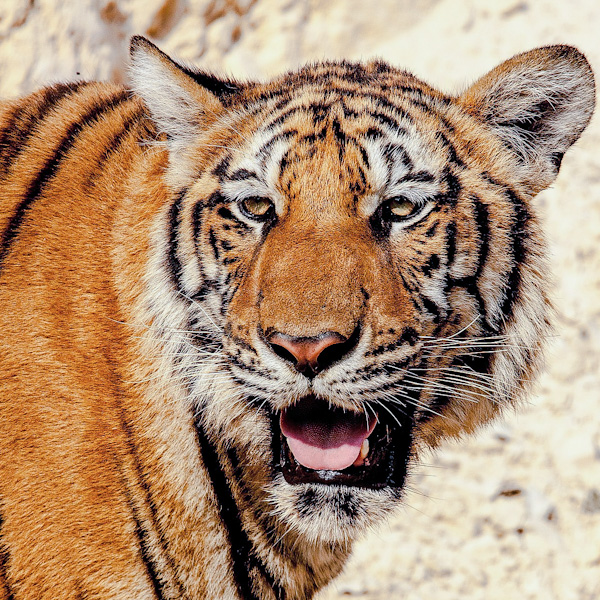Tiger's coat is conspicuous in a cage but good camouflage in the wild
We are all familiar with the tiger's coat; its pattern of sharp dark stripes against a reddish-orange background with a splattering of white here and there. It looks as if it would not be good camouflage in the wild because in a cage it stands out very starkly. Some people ask why the tiger developed such a coat when it makes the animal more conspicuous.
 |
| Image by Andreas Breitling from Pixabay |
But nature finds a way to help with survival and evolution is always correct. There are perhaps three major points to make about the pattern and colour of the tiger's coat which justifies its creation through evolution.
Variable habitat
The tiger is found in a variety of habitats and sometimes it's a quite orange, warm coloured environment broken up by vegetation. The orange colour of the coat fits nicely into this landscape.
Dappled sunlight
The tiger is often in a forest setting under dappled sunlight shafting through the canopy of the trees and under these conditions the pattern is good camouflage. The sunlight is warm with a high colour temperature which fits in with the reddish background colour of the coat.
Colourblindness of prey
The animals upon which the tiger preys are partly colourblind. They convert what we see as a reddish colour to a grey-brownish colour. It appears that evolution has recognised, over the millennia, that prey animals have more difficulty seeing the tiger when their coat is this bright colour which is rendered, in the brains of these animals, as muted and not brightly coloured as we see it.
All Tiger Patterns Are Unique
Every tiger coat is different and you can recognise a tiger by the stripes on its coat. Indeed scientist do this in order to identify different tigers. There are about 100 stripes per tiger. Perhaps one tiger identifies another tiger in the same way.
 |
| Image: MikeB |
As mentioned, the background colour of the tiger's fur is reddish-orange to ocherous. Down the inside of the legs and belly, chest, throat and muzzle there is white or light cream-coloured fur. Above the eyes the fur is white and this colour extends to the cheeks.
On the back of each ear there is a white spot and the tail is ringed with several dark bands. Dark vertical stripes, varying in width, spacing and length run down the flanks and shoulders. They may be single or double bands. The stripes extend to the belly. The striped pattern differs from one side to the other. Above the eyes the pattern tends to be symmetrical whereas on each side of the face the marks can be different.
Black Tigers
In many wild cat species you can encounter black versions of their normal coat. This is called melanism and you will see, for example, black servals and black Geoffroy's cats. The classic melanistic wild cat is the black panther which normally describes a leopard or jaguar. However, while there have been three records of black tigers all reported in the same general area encompassing Myanmar, Northern India and Bangladesh, within a 600 km range of each other, no skins or museum specimens exist to the best of the knowledge of the experts.
White Tigers
We know that white tigers exist but you only see them in captive settings, normally in large commercial zoos where they are an asset for drawing in the public. However, the public should realise that these are inbred animals and not infrequently they are born with inherited defects to their anatomy. No doubt these animals are disposed of. The majestic white tiger that you see is set against a sad back story.
All white tigers in captivity are descendants of a single white male cub captured in the Forest of Rewa in Maydha Pradesh, India in 1951. The cat's name was Mohan. He was mated with a normal-coloured tigress which resulted in three litters of normal-coloured cubs.
When Mohan was then paired with one of his normal-coloured daughters a litter of four white cubs were born. All white tigers that you see in zoos are descended from this mating between Mohan and his daughter Radha. That is why they are inbred.
You will not see white tigers in the wild nowadays. They were all shot but Mohan was spared.




Comments
Post a Comment
Please comment.